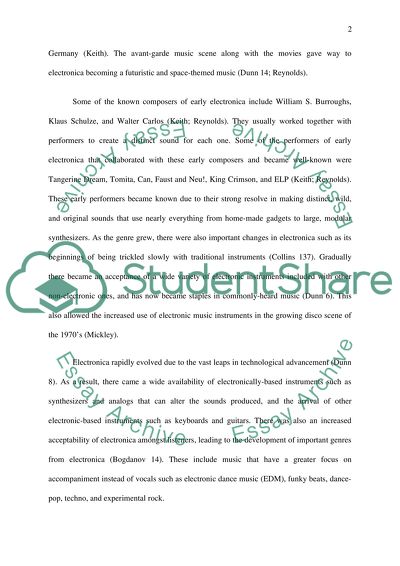Cite this document
(“Electronica Music and Its Impact on the Music Industry Essay - 1”, n.d.)
Retrieved from https://studentshare.org/music/1494866-electronica-music-and-its-impact-on-the-music-industry
Retrieved from https://studentshare.org/music/1494866-electronica-music-and-its-impact-on-the-music-industry
(Electronica Music and Its Impact on the Music Industry Essay - 1)
https://studentshare.org/music/1494866-electronica-music-and-its-impact-on-the-music-industry.
https://studentshare.org/music/1494866-electronica-music-and-its-impact-on-the-music-industry.
“Electronica Music and Its Impact on the Music Industry Essay - 1”, n.d. https://studentshare.org/music/1494866-electronica-music-and-its-impact-on-the-music-industry.


